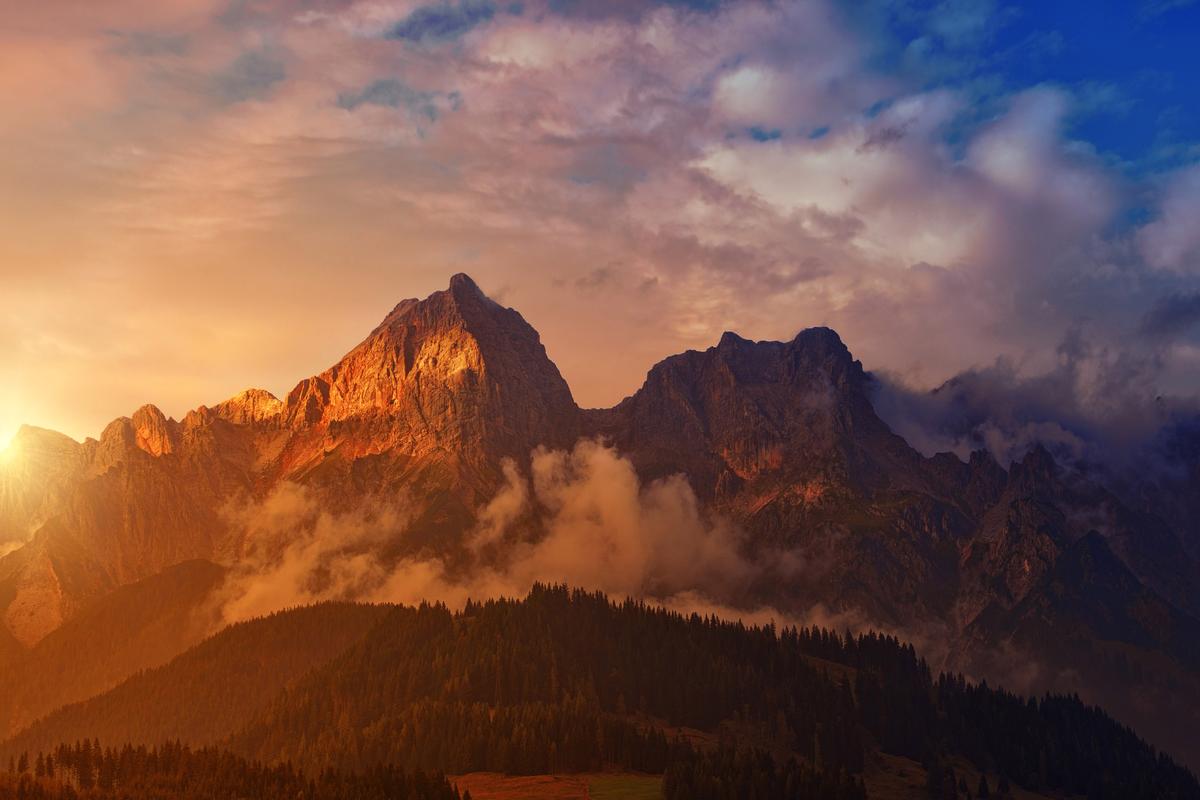Discovering Montana: A Comprehensive Guide to Montana Information
Montana is one of the largest states in the United States, famous for its natural beauty, stunning landscapes, and diverse wildlife. It is home to numerous national parks, including Glacier National Park and Yellowstone National Park, making it a popular destination for outdoor enthusiasts. However, Montana has much more to offer than just breathtaking scenery. In this article, we will provide you with a comprehensive guide to Montana information, including its history, climate, economy, and culture.
History of Montana
The history of Montana dates back over 12,000 years, when the first indigenous tribes, including the Crow, Blackfeet, and Sioux, inhabited the region. In the early 1800s, European explorers and fur traders arrived in Montana, and the state soon became a hub for commerce and transportation. Montana’s gold rush in the mid-1800s brought even more settlers to the region, leading to conflicts with the indigenous tribes and devastating impacts on the environment. Montana became a state in 1889 and played a significant role in the development of the United States, particularly in the mining and agriculture industries.
Climate of Montana
Montana has a continental climate, characterized by cold winters and warm summers. The state is known for its unpredictable weather, with sudden shifts in temperature and frequent thunderstorms. Winter temperatures can drop well below freezing, with heavy snowfall common in the mountainous regions. Summer temperatures can reach over 100°F, particularly in the eastern part of the state. Montana is also prone to wildfires during dry spells, which can devastate the state’s forests and wildlife.
Economy of Montana
Montana’s economy is driven by the natural resources and outdoor recreation industries. The state’s abundant mineral resources, including copper, gold, and coal, have played a significant role in its history and continue to generate revenue. Agriculture is also a critical industry, with ranching and wheat farming among the most prominent. Montana’s tourism industry is growing, with millions of visitors drawn to the state’s natural beauty and outdoor recreational opportunities.
Culture of Montana
Montana is known for its rugged individualism, with a strong sense of independence and self-reliance. Ranching and farming are deeply rooted in Montana’s culture, with many families tracing their ancestry back to the original homesteaders. The state’s indigenous tribes also play an essential role in Montana’s culture, with their traditions and customs woven into the fabric of the state. Montana is also home to a thriving arts and music scene, with many artists and musicians finding inspiration in the state’s natural beauty and rugged landscapes.
Conclusion
Montana is a unique state, with a rich history, diverse climate, and vibrant culture. Its natural beauty, from the rugged mountains to the vast prairies, draws millions of visitors each year. Whether you are interested in outdoor recreation, history, culture, or the economy, Montana has something to offer. We hope this comprehensive guide to Montana information has provided you with a better understanding of this remarkable state and its many attractions.
(Note: Do you have knowledge or insights to share? Unlock new opportunities and expand your reach by joining our authors team. Click Registration to join us and share your expertise with our readers.)
Speech tips:
Please note that any statements involving politics will not be approved.
